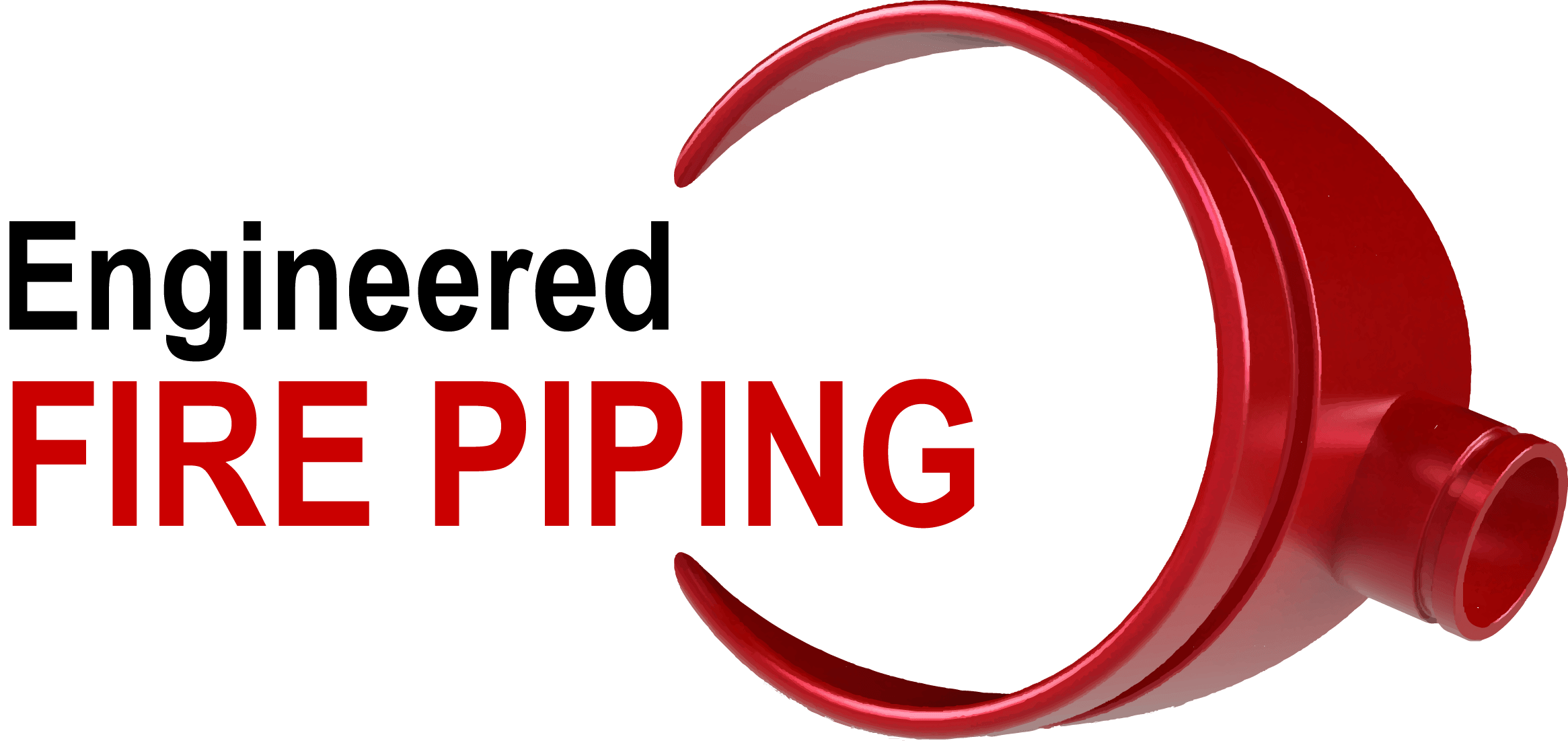Comprehensive recovery of a water reserve tank
Comprehensive recovery of a water reserve tank
In this procedure we will try to list the steps to follow in the replacement of structural elements that have suffered significant deterioration over time and can no longer fulfil their function.
First, we will have to define which elements in the structure of the tank itself can be replaced or not. This will require a technical visit to check the condition of these elements from the inside and whether it is possible expand the tank life by replacing the deteriorated parts or whether it should be completely replaced by a new one.
After the visit we issue a report (accompanied by a photographic report), including the repair options to guarantee the optimum tank condition.
Inner concrete surface water tightness.
Inner concrete surface water tightness
Inner concrete surface water tightness
In this procedure we will try to list the specific characteristics that a polyurethane resin has and why it is ideal for coating and recovering the interior concrete floors of PCI water tanks.
Polyurethane is more flexible than other similar agents, it stands out for its resistance to the impact of chemical solvents, which allows it to be used in a wide variety of production processes.
Polyurethane resins are an industrial product, often used in the manufacture of inks, mould making, plastics and adhesive materials. These resins are malleable, their hardness and elasticity properties can be altered, and once they have settled into their final form, they do not return to their original shape.
Polyurethane resins are notable for their durability and resistance to oils and greases, as well as excellent abrasion and tensile strength. They can bind structures together, forming impact-resistant adhesive bonds that solidify quickly and can adhere to a variety of surfaces, including concrete.
Epoxy resin coating of the sheet metal enclosure.
Epoxy resin coating of the sheet metal casing
Epoxy resin coating of the sheet metal casing
In this procedure we will try to list the specific characteristics that an epoxy resin has and why it is ideal for the coating and recovery of the galvanised sheet that make up the PCI water tanks shell.
Epoxy resin, porcelain or liquid crystal is a thermosetting polymer that changes from a liquid to a solid state when a hardener or catalyst is applied. The characteristics of hardness, gloss and transparency make this material of exceptional qualities one of the most widely used in cladding.
The water storage tanks for firefighting equipment that are sealed with mastic have no element to separate the stored water from the galvanised sheet metal, and the latter suffers a lot from rust impact over time. By applying the epoxy resin, apart from recovering the installed sheet metal, a long-lasting protection is provided, which significantly extends the service life of the tank. For this reason, it is also used in newly installed tanks to improve the conditions inside and prevent future problems.
